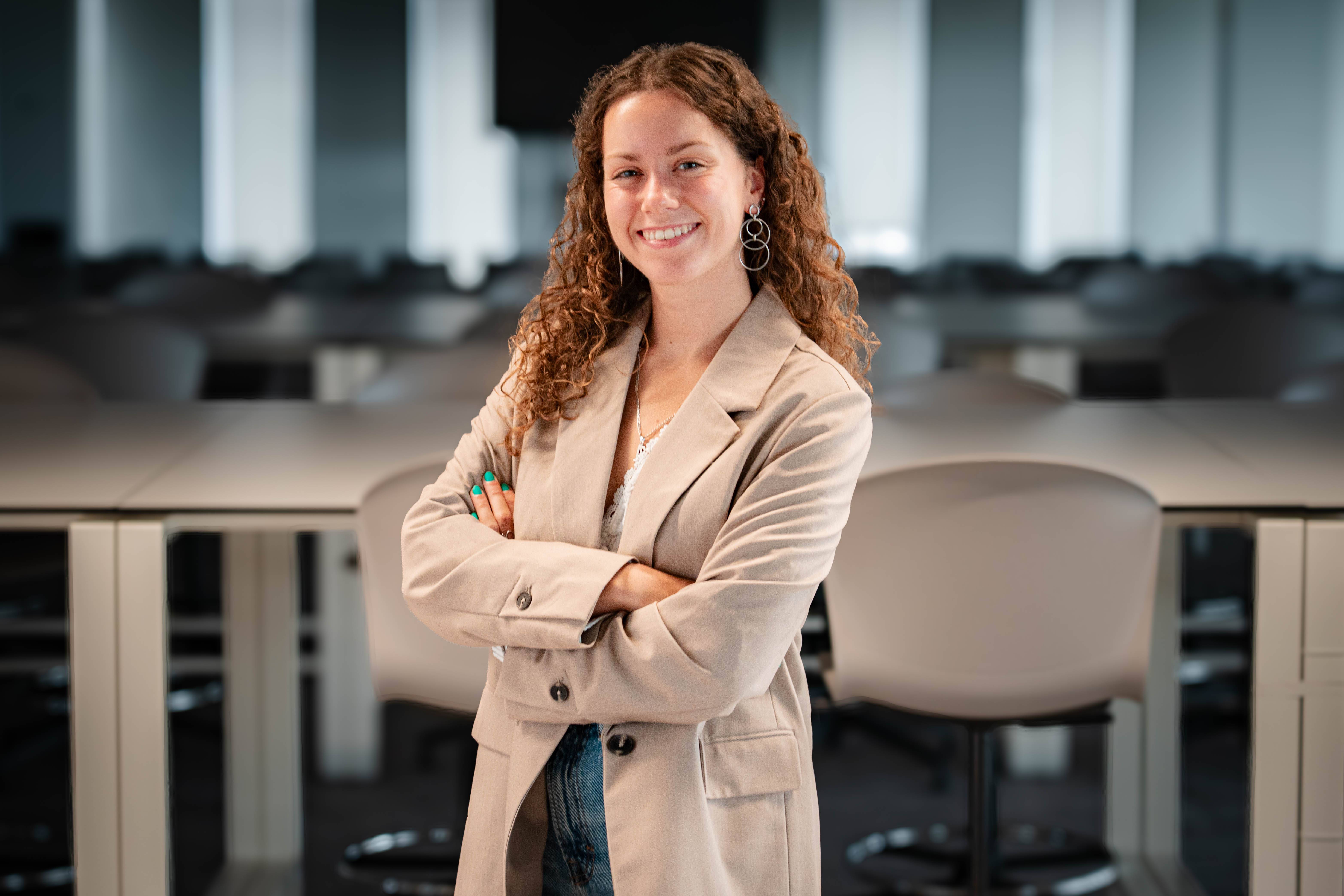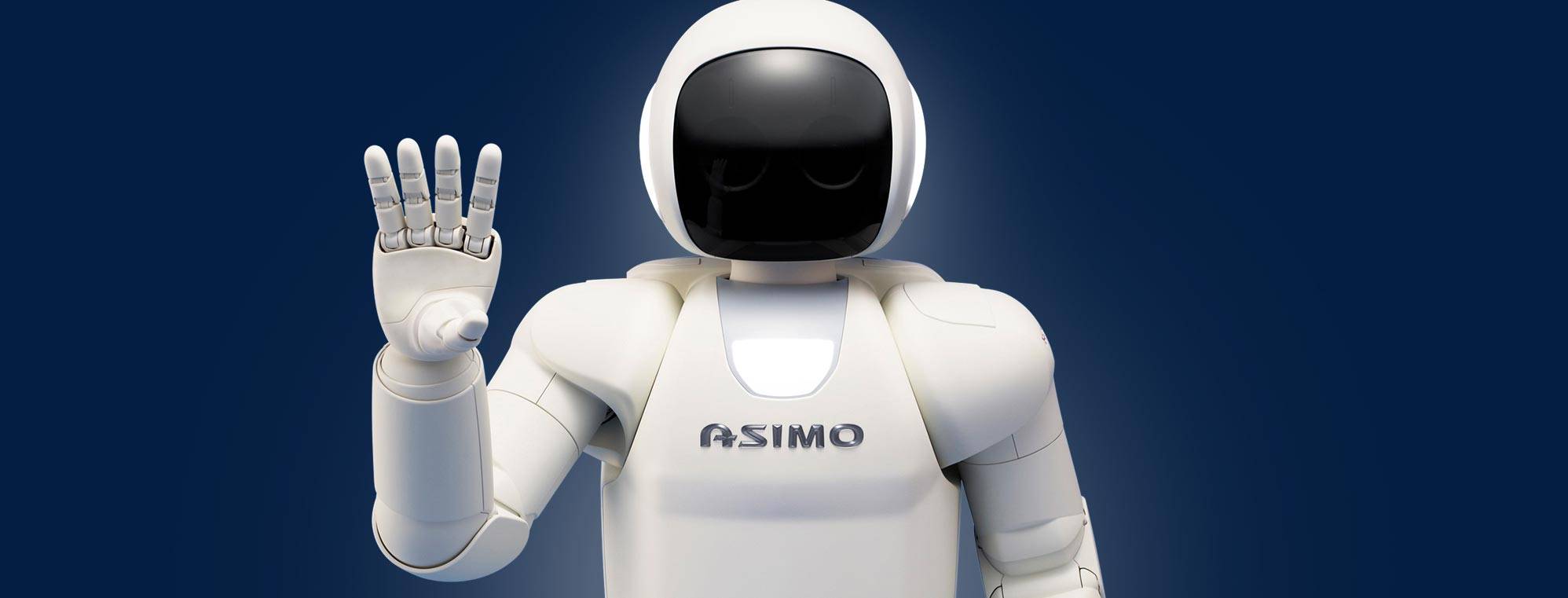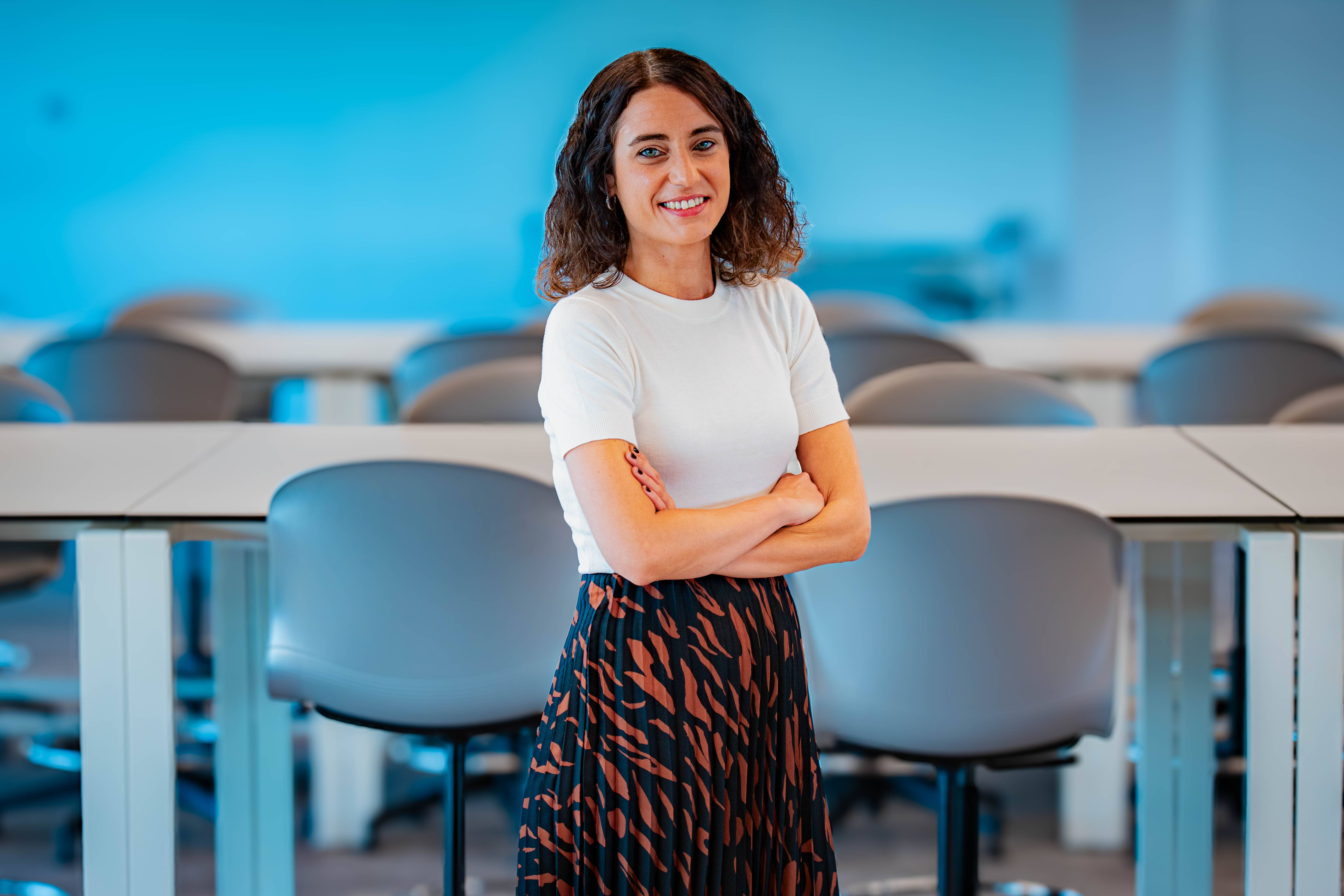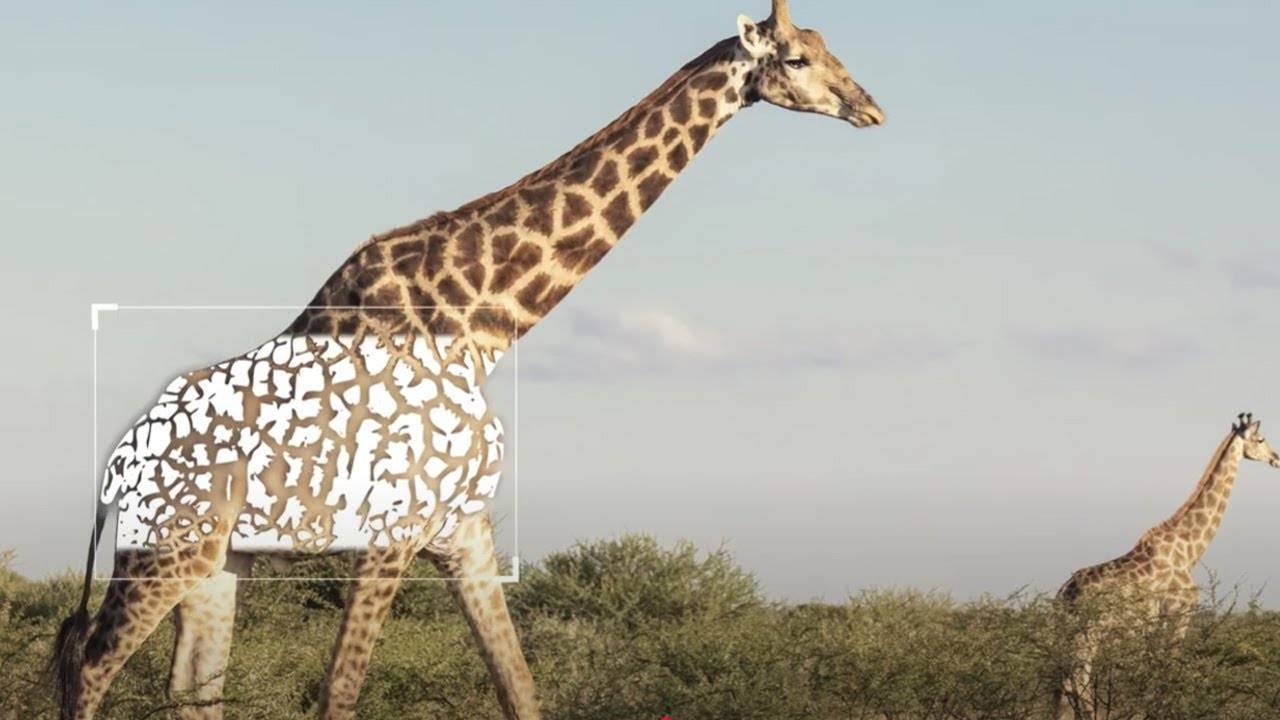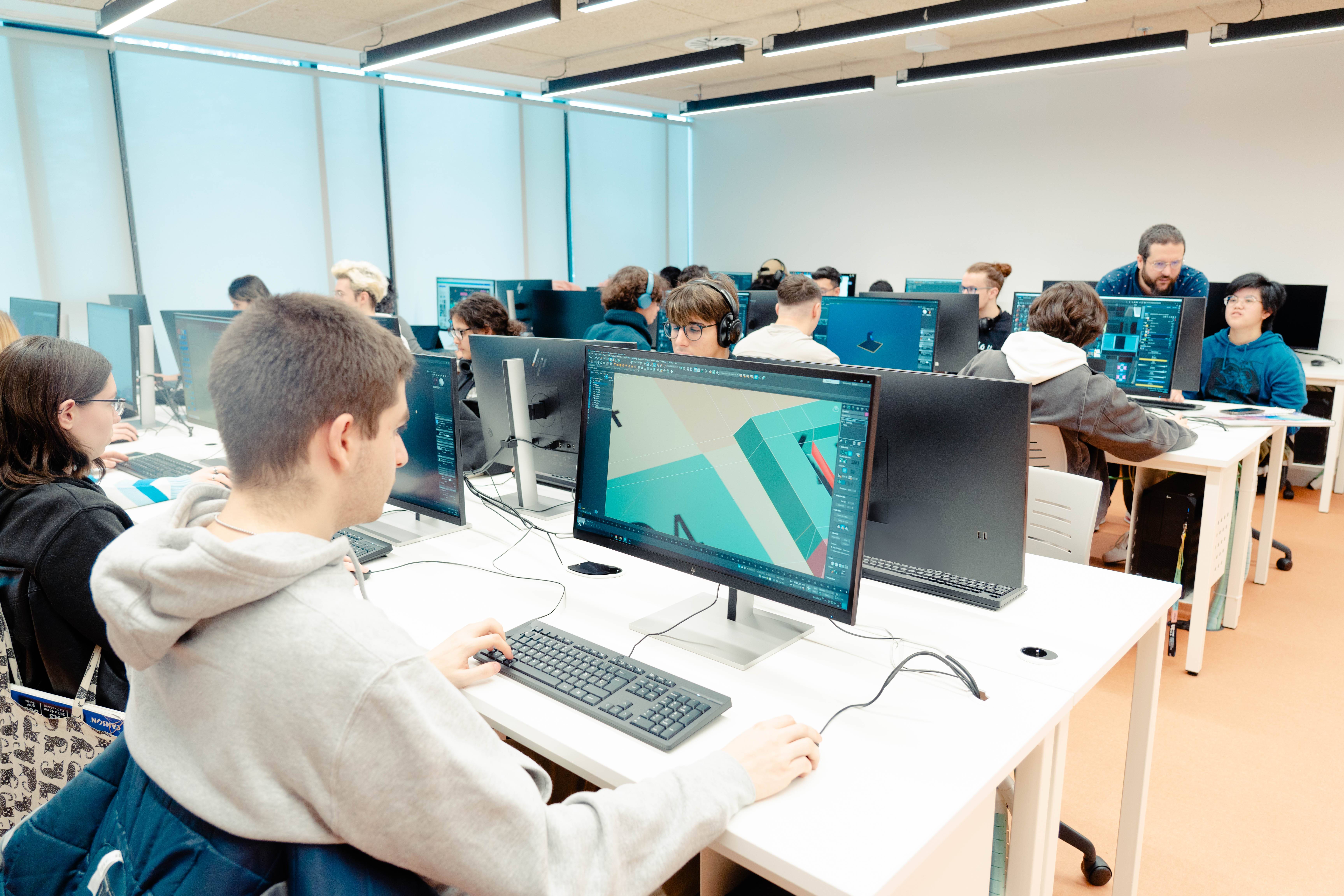How applied mathematics is revolutionising computer science
Although there is not enough scientific consensus to determine who was the first mathematician in history, almost everyone agrees that the Greek philosopher Thales of Miletus (624-546 BC) was probably the first to apply a deductive approach to mathematical problems, establishing principles that would later form the basis of Greek geometry. His most notable contribution is the famous Thales' Theorem, which relates angles and proportions in triangles.
Three centuries later, Archimedes (287-210 BC) would stand out among his contemporaries as the first mathematician formally dedicated to applied mathematics, applying the principles of this discipline to mechanics, hydrostatics and warfare.
Much later, in the 20th century and at the beginning of what would later be called computer science, Alan Turing surprised the world by developing, in 1936, his famous "Turing machine", a mathematical model that formalises the concept of algorithm and computation. The application of his principles in what became known as The Bombe (Turing-Welchman Bombe Machine) was decisive in enabling the Allies to discover the secrets of Enigma, the machine used by the German army to encode its messages, during the Second World War.
Since then, mathematics and computer science have gone hand in hand, so much so that the great advances that have been made in areas such as the development of processors, the invention of the Internet or the very latest quantum computing would not exist without the application of principles found in the firmware that underpins the drivers of a printer, or in the most advanced programmes of CERN's Large Hadron Collider.
How does mathematics apply to computer science?
Like the best dance partners, computer science and mathematics are inseparable in many fields. Some of the most prominent are:
- Numerical computation: this deals with the development and analysis of algorithms for the numerical solution of continuous mathematical problems. It is fundamental for computational simulation, the resolution of differential equations or data analysis, which makes it, for example, essential for the development of models for climate prediction.
- Linear algebra: studies vectors, matrices, vector spaces and linear transformations. It is essential in computer graphics, image processing, artificial intelligence and data analysis, which, among other things, enables the development of the graphics engines that facilitate the creation of 3D video games and films.
- Statistics: focuses on the collection, analysis, interpretation and presentation of data. It is crucial in data science, machine learning, data mining and decision making. On platforms such as Netflix, Amazon or Spotify, recommendation systems use statistical algorithms to suggest products, movies or music to users based on their past behaviour and the preferences of other users.
- Optimisation: is dedicated to finding the best possible solution to a problem, given certain constraints. It is used in planning, logistics, artificial intelligence and operations research. In this field, companies such as UPS, FedEx or Seur, resort to the development of optimisation algorithms to plan delivery routes efficiently, minimising either the total time or the distance travelled.
- Graph theory: studies the relationships between objects by means of graphs, which consist of nodes (vertices) and edges that connect them. It is applied in social networks, transport networks, search algorithms and network optimisation. Thus, in platforms such as LinkedIn or Instagram, users are nodes and connections (friendships, followers) are the edges that connect them.
- Differential equations: study the relationships between a function and its derivatives. They are fundamental for modelling dynamic phenomena for different scientific disciplines. In biology, for example, differential equations are used to model population growth or the spread of diseases such as COVID-19.
To infinity and beyond
The application of mathematics to software development, and to computing as a whole, is a field of scientific experimentation that is evolving by leaps and bounds and, in this decade, is opening up new, unexplored avenues that have transformative potential.
Quantum computing, taking advantage of the principles of quantum mechanics, promises torevolutionise processing capacity, making it possible to solve problems that are currently intractable for classical computers in areas such as cryptography, the resolution of complex problems in finance or materials science, or artificial intelligence.
Precisely in the field of AI, mathematical advances may prove crucial to develop what is known as explainable AI (XAI), which will allow progress in transparency and understanding how the most complex models make decisions. Bioinformatics uses mathematical and computational methods to analyse biological data, driving advances in genomics, proteomics and drug development. Modelling complex systems, such as climate, social networks or financial systems, benefits from advanced mathematical techniques and computational simulations to understand their dynamics and predict their behaviour. Virtual and augmented reality employ mathematical concepts such as geometry, linear algebra and calculus to create immersive environments and together, these emerging trends are redefining the boundaries of what is possible, driving innovation and generating new opportunities.
The Bachelor's Degree in Applied Mathematics in Software Engineering at UDIT, University of Design, Innovation and Technology, trains students in a comprehensive and advanced way with the aim of solving real problems. Thus, students learn to use mathematics and programming to develop algorithms and efficient solutions that allow them to make predictions, make decisions and solve problems in sectors such as health, finance, or industry.
More information about the programme
5 reasons why you should train in mathematics applied to software engineering.
What is the difference between mathematics and mathematics applied to software engineering?
The perfect tandem for your future: mathematics and software engineering.


